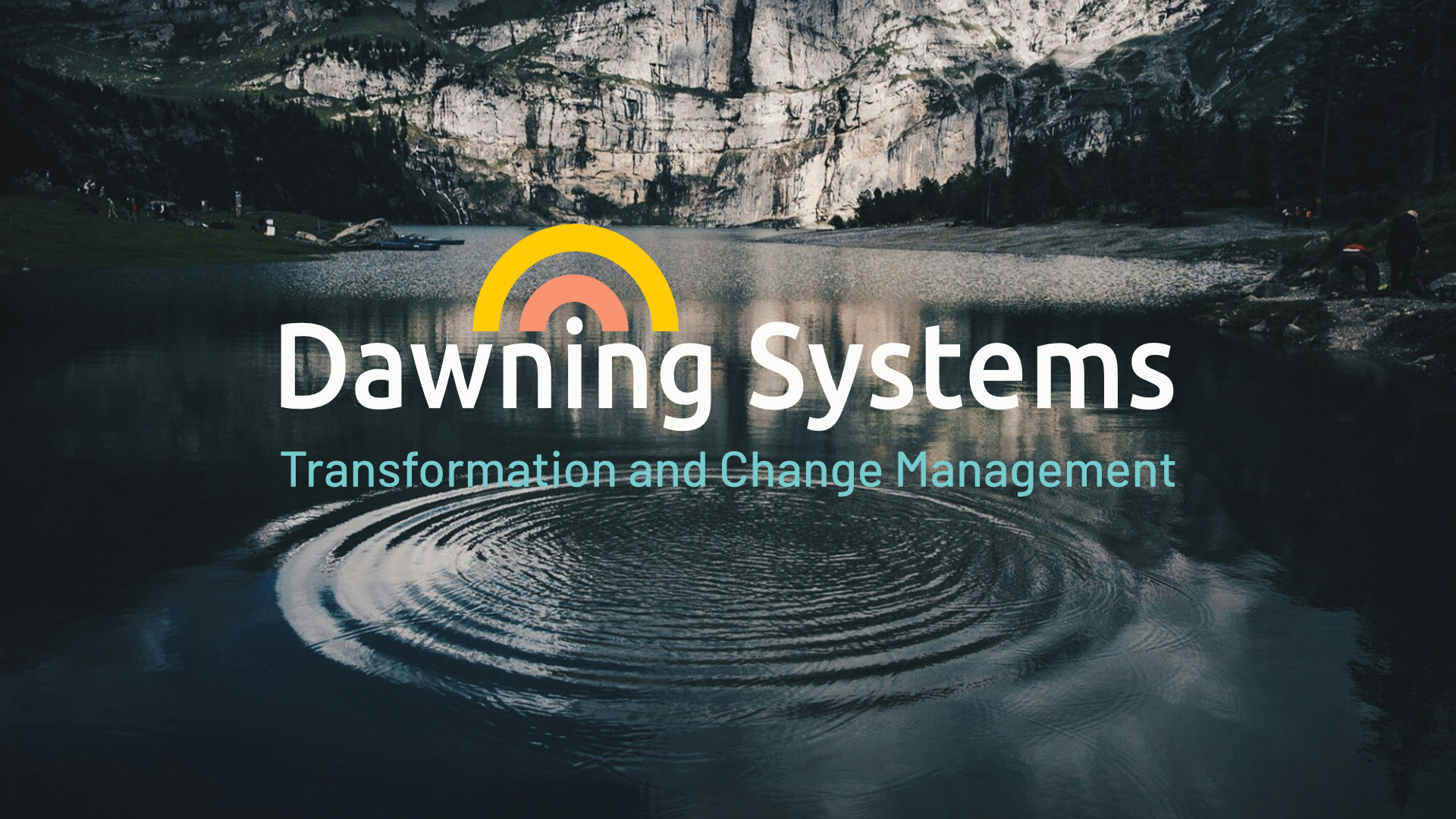Navigating the Waters of Transformation in Change Management.
Disruption in change management is a crucial concept that organizations must understand to thrive in today’s dynamic environment. The difference between change and transformation is fundamentally about mindset and approach. In this article, we will explore how organizations can effectively navigate disruption, embrace transformation, and redefine their paths to success.
Disruption can be likened to throwing a stone into a body of water. The immediate effect may be subtle, but the long-term impact can be significant. When a stone is thrown into a flowing river, it creates a ripple that quickly dissipates. However, when thrown into a still lake, the disruption is more profound, creating lasting ripples that can extend far beyond the initial impact.
This analogy illustrates the difference between how organizations respond to disruption. A river, constantly in motion, treats it as just another commotion. In contrast, a lake, once disrupted, can never return to its original state. This highlights the importance of recognizing the type of environment an organization is in when facing disruption.
Understanding Mindset: Engine of Transformation
To effectively address disruption, organizations must consider their mindset. Think of disruption as fuel and mindset as the engine driving the organization forward. The destination—whether towards order or transformation—depends on how organizations perceive and react to the disruptions they face. Are they adapting to change, or are they actively seeking transformation?
Organizations must ask themselves critical questions: Are they a river transforming with the flow of change, or a lake being transformed by external forces? This self-assessment is essential for determining the appropriate course of action in response to disruption.
Change vs. Transformation
It is essential to distinguish between change and transformation. These terms are often used interchangeably, but they represent different concepts. While change can occur without transformation, true transformation necessitates change. Organizations embarking on a journey must clarify their objectives.
If the goal is to restore the organization to a previous state, the journey focuses on change and reestablishing known orders. Conversely, if success is defined as creating something new and innovative, the journey is one of transformation. Understanding this distinction is key to developing effective strategies and methodologies.
Defining Success in Change Management
Leadership must define what success looks like before embarking on a change journey. This clarity helps guide the organization’s approach to disruption. If success is merely a return to past glory, then the focus will be on change. However, if success is more abstract and challenging to articulate, the organization must embrace transformation.
This understanding shapes the methodology employed during the change journey. Organizations must adopt different strategies when pursuing transformation as opposed to mere change. This is why at Dawning Systems, we emphasize understanding whether clients are a river transforming or a lake being transformed.
Methodology for Change and Transformation
The methodology for navigating disruption varies significantly based on the type of journey an organization is undertaking. For organizations seeking change, the focus will be on restoring previous processes and systems. This often involves traditional change management practices, such as training and communication.
In contrast, organizations pursuing transformation must adopt a more holistic approach. This includes fostering a culture of innovation and embracing the management of uncertainty. The transformation journey will require active engagement from all levels of the organization, because none of us is as smart as all of us.

To effectively navigate disruption, organizations are sometimes faced with the need to innovate. To do this effectively, they need to move beyond the cliches of ‘challenging the status quo and risk-taking’ to understanding what innovation will require within their culture. For some organizations, innovation has to come from the outside in. They have to set up semi-autonomous ‘tiger-teams’ to forge ahead because they know that their internal culture and org structures are innately intolerant of disruptive change. For other organizations, innovation can be nurtured internally through the deployment of innovation projects that encompass, people, processes and systems.
Either way, the Change Footprint gives any organizations a simple way to understand what the innovations means by articulating the associated changes in terms of the 7 impact markers.
Conclusion: Navigating for Lasting Impact
Disruption in change management is an inevitable aspect of organizational life. By understanding the dynamics of disruption, organizations can better navigate the waters of transformation. The distinction between change and transformation is crucial for defining success and developing effective strategies.
Ultimately, organizations must embrace disruption as an opportunity for growth and innovation. By fostering a culture of creativity and actively engaging in transformative practices, they can create lasting impact and redefine their futures.
If the video is not playing please
click here to watch the video on YouTube



